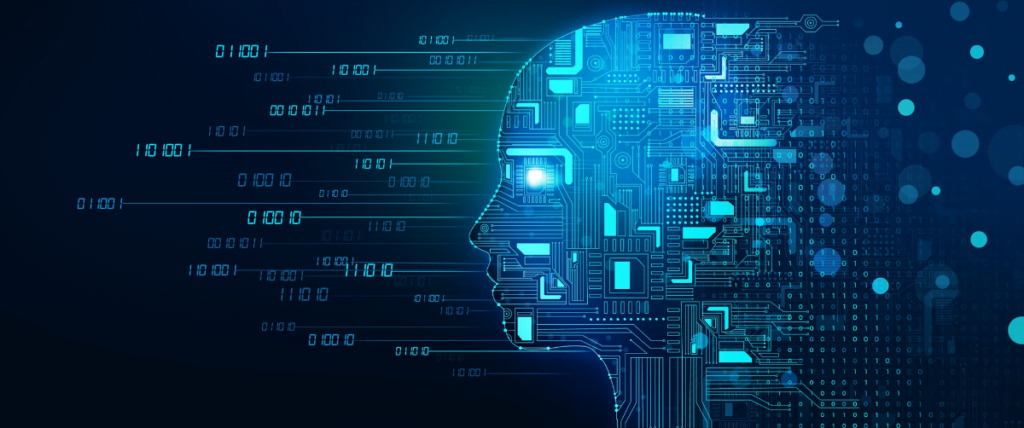Computer Vision (CV) represents a significant stride towards enabling machines to mimic human-like perception. This domain is centered around interpreting and making decisions based on visual data, akin to the way humans do. With the integration of modern artificial intelligence (AI) tools, computer vision has undergone substantial advancements that drive its applicability across various sectors. This article seeks to shed light on the core technologies, the array of tools, and the real-world applications that are emblematic of computer vision powered by AI.
Historical Evolution of Computer Vision Tools
The evolution of computer vision tools traces back to rudimentary image recognition technologies. Over time, with the infusion of AI and machine learning (ML), the domain has expanded, unlocking a plethora of possibilities. Noteworthy milestones like the advent of Convolutional Neural Networks (CNNs) have played a pivotal role in shaping the contemporary landscape of CV tools, enabling more sophisticated image and video analysis.
Core Technologies Behind CV AI Tools
At the heart of CV AI tools lie robust technologies such as Machine Learning and its advanced subset, Deep Learning. Among these, CNNs have emerged as a significant force in advancing image and video recognition tasks. By excelling in identifying patterns within images, these neural networks form the backbone of modern CV tools, enhancing their capability to interpret visual data accurately.

Categories of Computer Vision AI Tools
Diving into the categories of computer vision AI tools, we find a broad spectrum. Image Recognition Tools, for instance, encompass Object Detection and Classification tools like TensorFlow and YOLO, which are adept at identifying and categorizing objects within images. Similarly, Facial Recognition technology, powered by platforms like AWS Rekognition, stands at the forefront of identity verification solutions. On the other hand, Video Analysis Tools are integral in activity recognition and anomaly detection within video data, finding applications in surveillance and sports analytics. Furthermore, Optical Character Recognition (OCR) Tools like Tesseract OCR play a crucial role in converting typed, handwritten, or printed text into machine-encoded text, facilitating data extraction and automation.
Popular Platforms and Tools
Among the popular platforms and tools that power CV applications, open-source platforms like OpenCV and TensorFlow, alongside commercial platforms like AWS Rekognition and Google Vision AI, offer a rich set of tools for various CV tasks. These platforms cater to a wide array of industrial requirements, thereby driving the adoption of CV technologies across sectors.
Application Domains
The applicability of CV spans a vast range of sectors. In healthcare, it powers medical imaging and diagnosis; in the automotive sector, it drives the technology behind autonomous vehicles and driver assistance systems; for the retail sector, it transforms inventory management and customer behavior analysis; and in security, it enhances surveillance systems.

Ethical Considerations
As CV technology continues to burgeon, ethical considerations surrounding bias, discrimination, and privacy come to the forefront. A robust regulatory framework is indispensable to ensure the responsible deployment and utilization of CV tools, addressing potential ethical quandaries and ensuring compliance with legal standards.
Future Trends in Computer Vision Tools
Looking towards the future, the realm of CV is set to expand further with advancements in real-time processing, integration with Augmented Reality (AR) and Virtual Reality (VR), and enhanced semantic understanding. These trends are paving the way for a future where machines perceive the world more closely to how humans do, thus broadening the horizon of what is achievable with CV AI tools.
Conclusion
In conclusion, the trajectory of computer vision, bolstered by AI tools, paints a promising picture of a future with smarter, more perceptive machines. The evolution and adoption of CV tools hold immense potential to significantly impact various facets of human life. This exposition serves as a pathway for individuals and industries to explore and embrace the exciting frontier that CV AI tools present, ready to transform the modern world.




